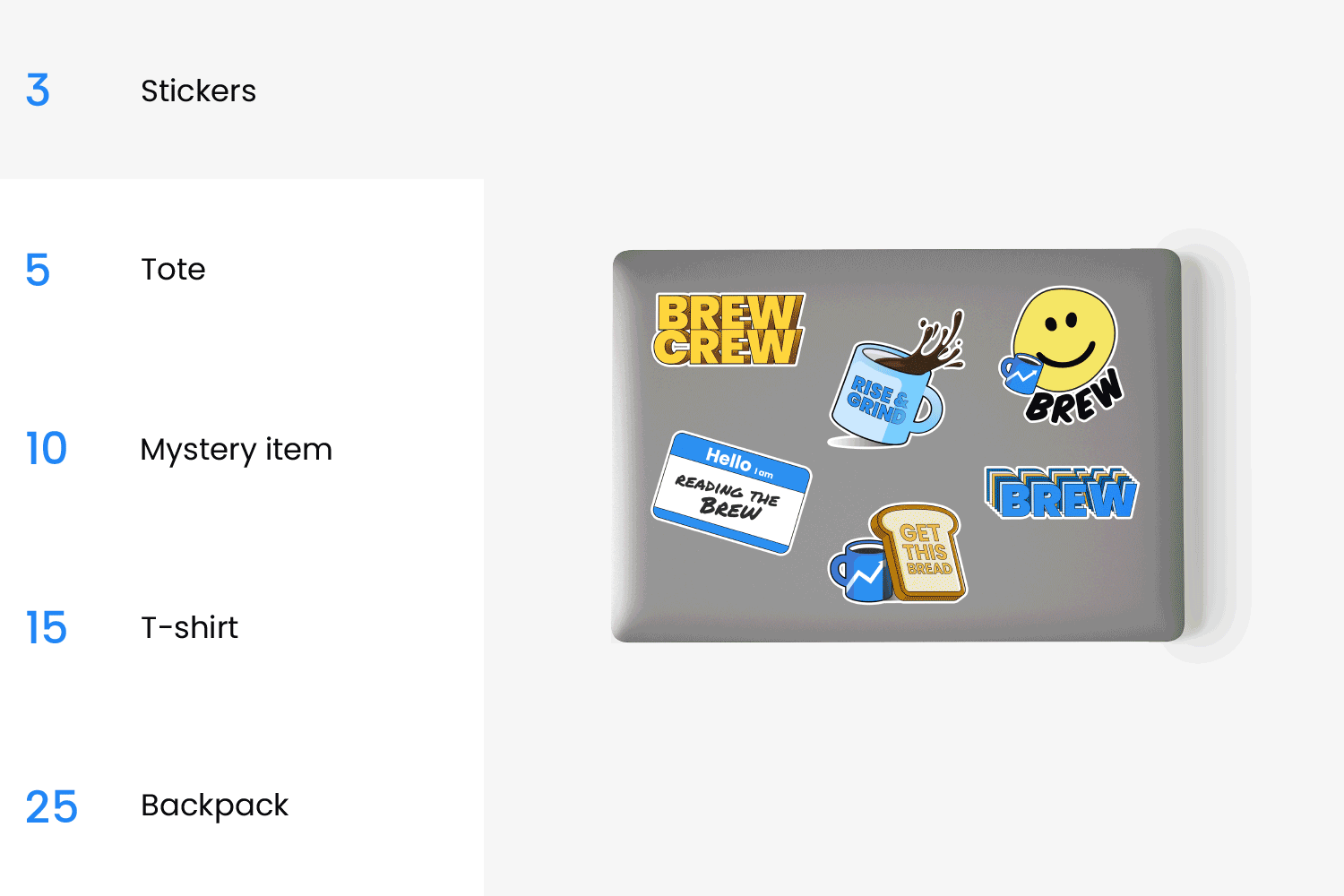|
In 2003, when Congress passed the CAN-SPAM Act to address unwanted electronic messages and to ensure that email senders do not mislead recipients, Dennis Dayman, CISO at Code42 (acquired by Mimecast), felt at the time that some of the language was unclear.
“Is a sender an email service provider? Or is the sender you or I? Is a sender a corporation that might be sending out certain messages that may not be related to marketing? And so we actually had to go back to the Federal Trade Commission, who is the authority in this, and say, ‘Hey, we need to get clarification,’” Dayman told IT Brew.
The FTC-enforced CAN-SPAM Act, ultimately defined ‘‘sender’’ as ‘‘a person who initiates [a commercial electronic mail] message and whose product, service, or internet website is advertised or promoted by the message.’’
In late June, in a 6–3 vote, the Supreme Court overturned a legal precedent that favored agency expertise and authority when courts face unclear congressional laws. The reversal of the so-called Chevron doctrine, established in 1984, means that “courts may not defer to an agency interpretation of the law simply because a statute is ambiguous,” according to the majority opinion written by Justice Roberts.
We asked legal experts and IT pros: What are the IT consequences of Chevron’s overruling?
Aaron Rose, security architect manager and vertical solutions for the office of the CTO at Check Point Software: One could say that we’re adding another layer of complexity here, because instead of just going to the agencies who are going to write the rules, and then enforcing them, we now have to have Congress write the laws so that the courts can interpret them—but Congress and the courts both are going to have to rely on those agencies for their domain expertise.
Keep reading here.—BH
|










